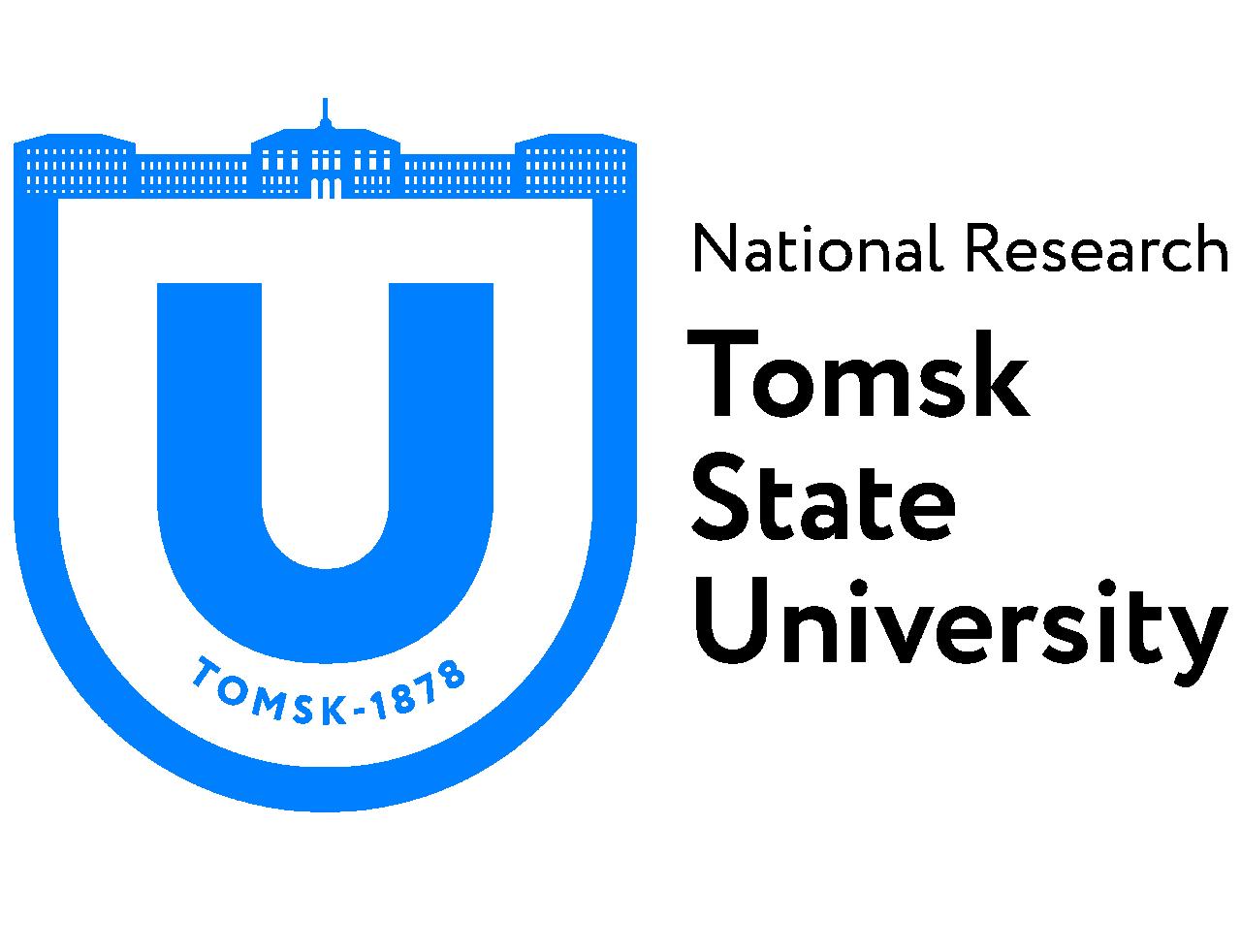Tomsk State University: Shrub expansion in the Arctic has accelerated permafrost thawing
TSU laboratory BioGeoClim scientists are continuing to study high vegetation biological productivity in the Arctic zone of the Russian Federation. This year the scientists investigated places tundra was invaded by actively growing shrubs. Temperature analysis showed that shrub-covered land becomes dryer and warmer, and the active layer increases three or four times. The research is supported by a grant from the Russian Science Fund.
“In recent years scientists frequently say that under the influence of global heating the Arctic is becoming greener. We often observe this phenomenon during expeditions,” says Sergey Loiko, project manager, a staff member of the TSU BioGeoClim Laboratory. “For example, the south of the tundra in the YaNAO is witnessing an expansion of shrubs, mainly alder. Usually, they settle on the places with frost heaving, where the pressure created by the soil freezing causes an eruption of clay soils. Alder actively settles in anthropogenically-altered places like abandoned deer herders’ camps and winter roads.”
Below alder grows dwarf birch and different kinds of grasses, some of them atypical for the Arctic – around 10-15 species in total. Thermometers located in such “oases” demonstrate a difference of 10-15 degrees Celsius between them and the rest of the soil.
For example, in February, thermometers in Tazovsky District located one meter below the ground showed -10-12 degrees Celsius for soil uncovered by vegetation and 0 degrees Celsius for thermometers located under shrubs. Permafrost thawing increases by three or four times, and the active layer expands to 400-430 centimeters, when in the ground uncovered by snow it hardly reaches 70 centimeters.
“Global heating leads to shrubs’ expansion in the tundra,” explains Sergey Loiko. “Evidently, it leads to other biological changes. Vegetation roots drain the active layer of soil of elements that they need for growth. What changes occur in the soil will be known from the geological and chemical analysis.”
Scientists think that alder expansion can be partially attributed to decreasing anthropogenic pressure. Indigenous populations of the Arctic used to use alder as firewood. The need for firewood decreased with the Native population moving to cities or using burners or other devices.
TSU scientists are planning to measure the space taken by shrubs and assess their potential for further expansion. This knowledge can become a foundation for nature engineering technologies in the Arctic zone of the Russian Federation.

